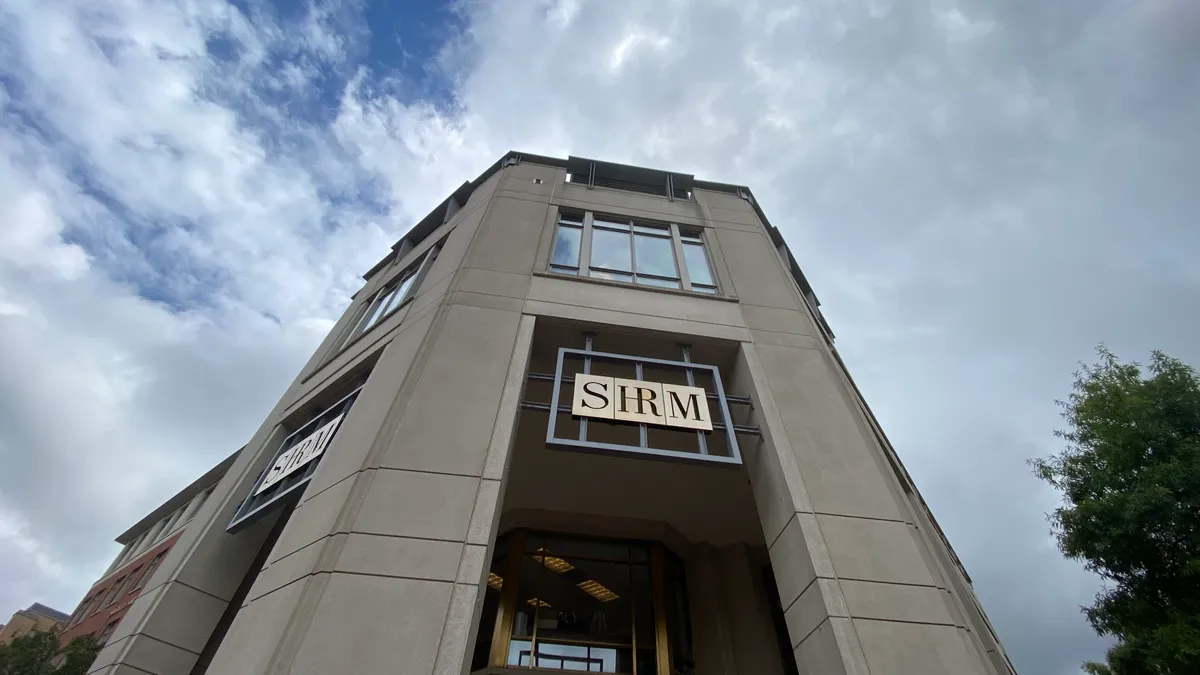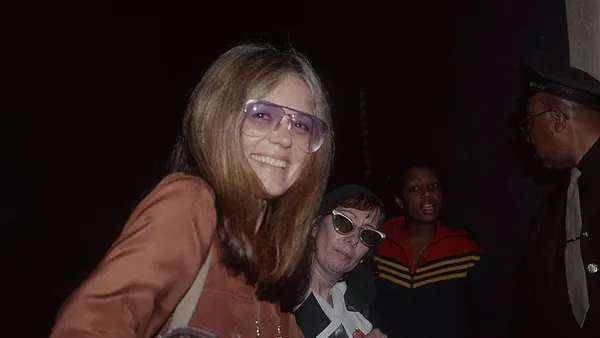According to the Pew Research Center, millennials are now the largest labor force, with 53.5 million workers, followed by Gen X (52.7 million) and baby boomers (44.6 million). With three generations working under the same roof, employers will need to revisit the way they communicate and connect with employees.
Despite the attraction of retirement, the baby boomer generation continues to delay leaving the workforce. A 2014 Gallup poll found that the average age of retirement rose to 62, growing from an average of age 60 that had remained steady from 2002 to 2012. For those baby boomers still in the workforce, however, a recent study from Bankers Life indicates that 41% don’t expect to retire until after age 69, if at all.
Why are so many people delaying retirement? As a recent CBS News Report points out, 82% of baby boomers no longer believe in the “romantic fantasy” of traditional retirement. This generation is continuing to work later in their lives, for reasons ranging from fighting financial insecurity to maintaining a sense of purpose.
With that lasting change, how can employers adapt to that change when it comes to HR strategies?
Ways for HR to adapt
Maria Black, president of ADP TotalSource, which provides HR outsourcing, payroll and benefits administration solutions to small and mid-sized U.S. businesses, says it will take a focused, yet flexible approach to benefits and other HR-related efforts.
“For example, as the American mentality toward work continues to shift its focus to work-life balance, younger generations are beginning to incorporate more of the perks usually associated with retirement throughout their careers,” says Black. “They are living in the now, rather than saving all the enjoyment for after they stop working.
Millennials also are very focused on social consciousness, making them more likely than members of other generations to care about company ethics and opportunities to volunteer when making career decisions. Gen X is more focused on developing a stable career with a well-defined path through an organization. And Baby Boomers, who opt to delay retirement and remain in the workforce, often have a desire to maintain organizational knowledge and help mentor and transition younger workers. This may include working part-time or consulting.
“It’s so important for employers to highlight points of connection that crosses generational lines," Black says. "Highlighting the brand and demonstrating how the company culture caters to each group will help in attracting and retaining the best talent."
Creating benefits offerings can prove to be especially challenging for employers who use a one-size-fits-all approach to benefits and communications. Companies need to customize their plans and educational materials to cater to the needs of each demographic, Black advises, offering a few takeaways for employers as they think about benefits in today’s workplace:
- To reach Millennials, employers need to creatively communicate. Instead of traditional brochures or pamphlets, companies should invest in interactive tools that facilitate engagement and participation. For example, a company could create an online forum covering key benefits topics or develop a benefits blog educating participants about each stage of the planning process.
- Gen X-ers are likely at a point where assessing their benefits and making sure they’re on track with their goals is very important to them. Employers can help by designing an education program for Gen X-ers that covers the topics and issues that are top of mind for this generation. For example, this group is probably thinking about rising healthcare costs (either for themselves or for older family members) and how it could impact their nest egg.
- With Baby Boomers, employers should focus on mentoring and opportunities to help them transition to part-time work. This group values relationships, so employers should consider hosting 1:1 meetings with employees, so they have an opportunity to ask questions and get the information they need to make the right career decisions for them, be it staying on in a part-time capacity or successfully moving into retirement.
Strategies for employers
Finally, apart from those benefits plan creation tips, Black offers five key strategies to meet the challenge of managing a multi-generational workforce:
- Develop a communications strategy
Employers have to understand the people working for the organization. Step back and take a look at employees and host informal meetings or focus groups. Use those insights to develop a communications plan that can help share important information about talent and benefits programs more effectively.
- Get leadership on board
Explain why implementing a communications plan is in the best interest of the business. Point to key metrics like increased employee satisfaction or retention rates to help make the case.
- Invest in education
It may be wise to invest in training or coursework so HR staff is educated and equipped to handle the challenges associated with a multigenerational workforce.
- Facilitate employee mentoring
To keep the workplace running smoothly, consider developing a mentoring program that pairs Baby Boomers with incoming Millennials. This sets a positive tone and facilitates a knowledge transfer between the two generations.
- Boost engagement
Leverage social media networks and online communities to keep employees informed and provide a forum where they can exchange and share their ideas.












